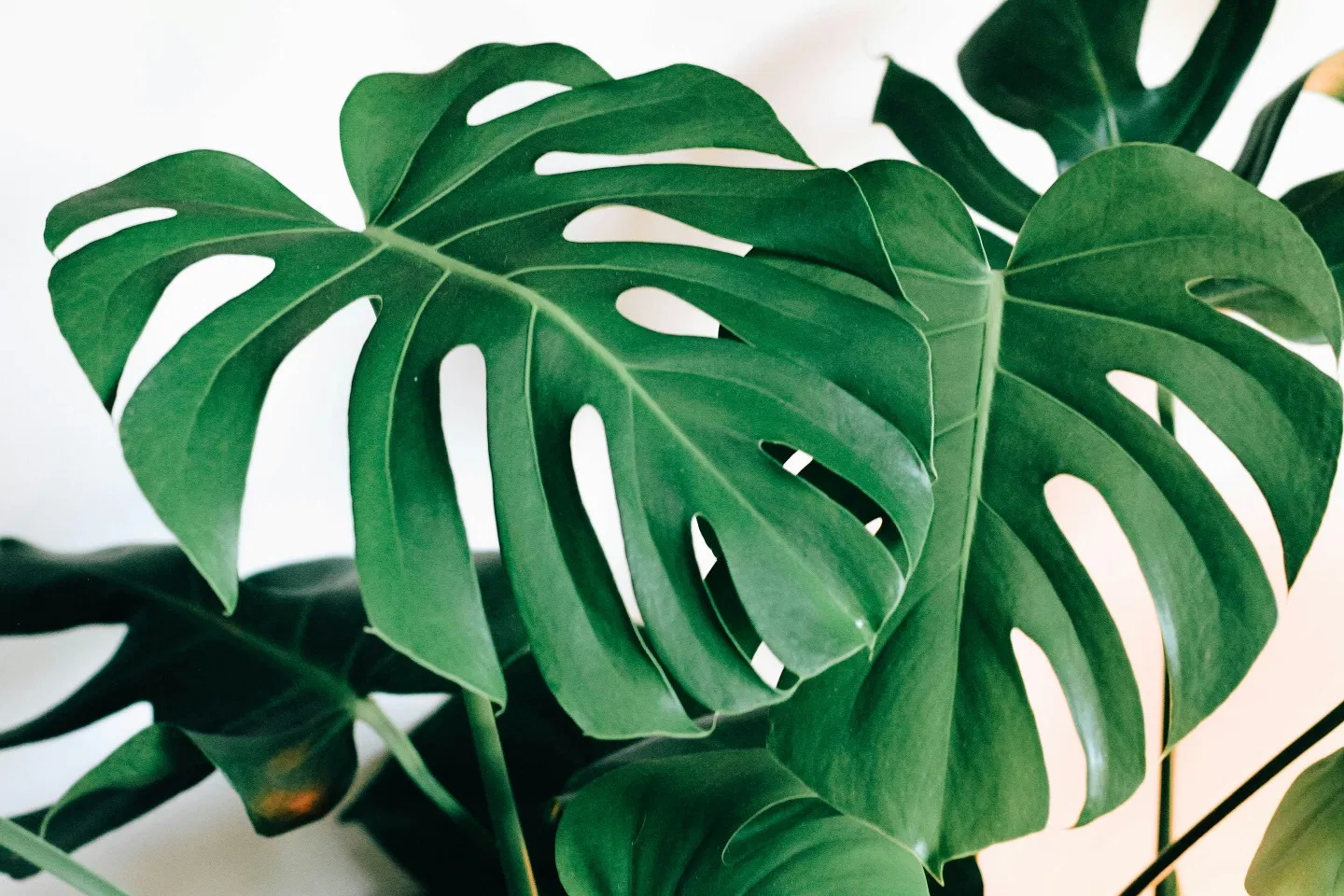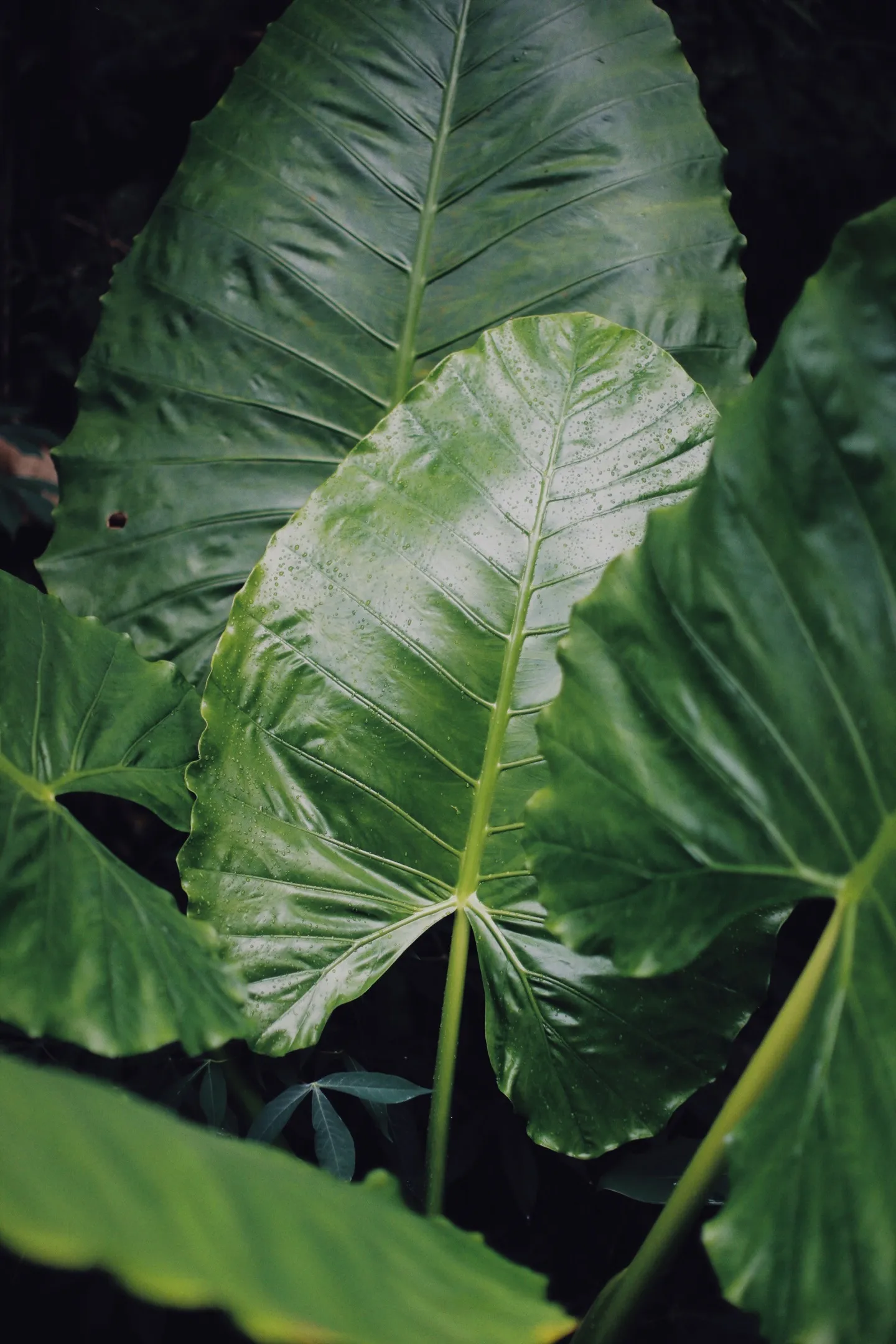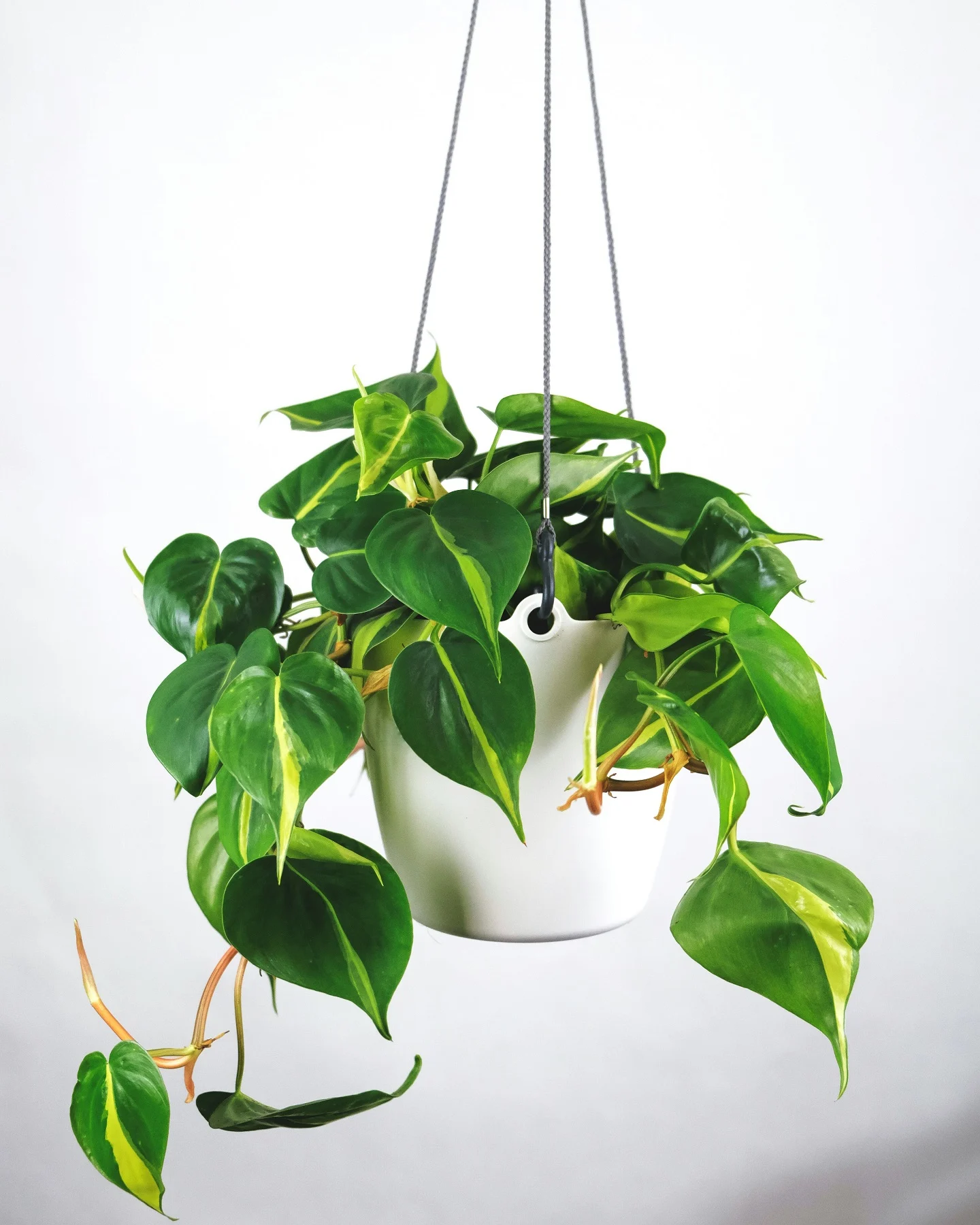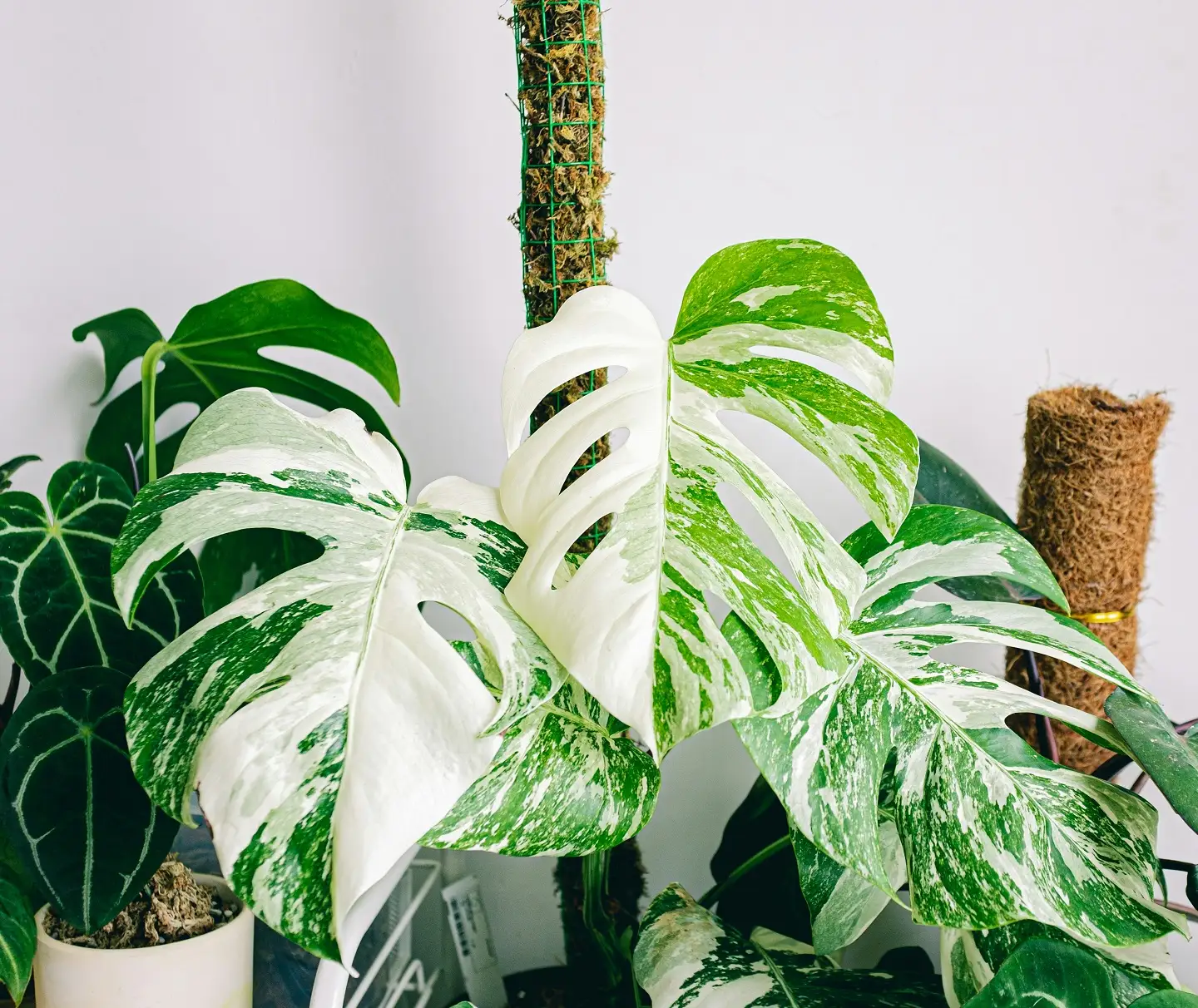Best Large Leaf House Plant ideas for Every Home

With their supersized, architectural leaves and jungle vibes, large leaf houseplants and tropical houseplants can transform any indoor space into a miniature rainforest retreat. The most popular houseplants like Monstera, Philodendron, Fiddle Leaf Fig, and Elephant Ear add drama with their bold foliage and bring vigor and life to corners begging for a burst of green. These tropical wonders hail from steamy equatorial regions, so replicating warm, humid conditions is key to keeping them happy indoors. With the right care tailored to their preferences, these statement houseplants will reward plant parents with vigorous growth, lush leaves, and a major wow factor. Their tropical origins make them more demanding than some houseplants, but understanding their preferences for bright, indirect light, warm temperatures, humid air, and well-draining soil is the formula for success. For those seeking living greenery to make a statement, large tropical like Monstera and Fiddle Leaf Fig are ideal. Their expansive leaves command attention and bring the vibrancy, energy, and allure of the tropics into any indoor space. With a basic understanding of their specialized needs, these dramatic houseplants can thrive for years, lending their imposing, architectural foliage to transform rooms into verdant indoor oases.
The Majesty of Elephant Ears: A Tropical Houseplant Foliage Fest

Elephant ears’ supersized fronds bring a tropical vibe where water and warmth abound. Caring for these dramatic beauties is easy in the right climate. Let their bold textures take center stage in your garden!
Tending These Tropical Titans: Elephant ears need heat, moisture and nutrients to thrive. Their oversized foliage demands indulgence!
Light – Dappled Sun Is Best: While tolerating full sun, they flourish in part shade, especially in hot climates. Afternoon cover prevents scorching.
Water – Lots! : Soil must stay consistently moist. Plant in naturally wet spots or be prepared for frequent watering, especially in pots.
Temperature & Humidity – The Tropics: Elephant ears require tropical conditions – high heat and humidity are ideal. Most hardy only to zone 8.
Soil – Rich & Wet: They love fertile, organic soil with great moisture-holding ability. Standing water is fine!
Fertilizer – Heavy Feeders: Give ample balanced fertilizer monthly in season. These are hungry plants!
Pruning – Remove Floppy Fronds: Trim older, yellowing leaves to keep it tidy. New foliage continually develops.
Planting for a Foliage Fiesta

Plant the underground corms or “bulbs” in spring after frost. For an early start, begin indoors. Plant just below the surface in rich, wet soil. Potted plants need even more water.
Propagation Through Partitioning: Divide mature tubers, replanting sections. Plant pups that form on runners. It’s easy to amass more of these tropical wonders!
So Many Elephant Ear Varieties: Many species and cultivars exist, like:
– Colocasia – Droopy downward-pointing leaves
– Alocasia – Upright, sky-reaching leaves
– Xanthosoma – Tropical American natives
With the right heat, water, and soil, elephant ears bring a bold tropical vibe. Their needs are particular but in the proper climate, they astound with their super-sized drama!
Tip: Use waterproof SPC flooring and easily water you large leaf plants without any worries.
Loving the Lyrical Fiddle-Leaf Fig: Care for a Tropical Titan

The fiddle-leaf fig’s violin-shaped leaves make it a distinctive indoor tree. Towering on a sleek trunk in a floor pot, it becomes a living sculpture. This fast grower can reach 10 feet, so give it vertical space to shine!
Native to steamy Africa, the fiddle-leaf fig needs specialized care to mimic the tropics. It’s not the easiest houseplant, but understanding its preferences helps it thrive for years.
Light – Bright and Filtered: Direct sun scorches its leaves, but low light stunts growth. Situate it in bright filtered light. Dust leaves weekly so they shine.
Soil – Fast Draining: Use fast-draining potting mix. These trees detest soggy roots! Flush salts monthly by watering thoroughly until it flows out the bottom.
Water – Moderate: Water when the top inch dries. Wilting leaves need more water. Overwatering causes leaves to drop – so aim for a moderate amount.
Temperature and Humidity – Steamy Paradise: The fig craves tropical warmth of 60-85°F and high humidity. Mist leaves, use a humidifier, and avoid drafts and vents.
Fertilizer – Feed in Growing Season: Use a nitrogen fertilizer in spring through fall, following label directions. Skip winter feeding.
Pruning – Open the Canopy: Remove damaged leaves and crossing branches so it can breathe. Make cuts 1 inch from trunk.
Propagating – Fail-Proof Cuttings: Take a 12-18 inch stem cutting with a few leaves. Pinch off all but one leaf. Place in water until roots form, then plant.
With specialized care mimicking its steamy origins, the fiddle-leaf fig’s huge fronds will create drama in your home. Its particular needs are challenging but conquerable. Your efforts will be rewarded with a living sculpture gracing your space for years to come!
Unveiling the Phenomenal Philodendron

Why are Philodendrons so phenomenal? These South American beauties charm with their bold foliage and easygoing nature. True to their name (‘philodendron’ means ‘tree loving’ in Greek), they hug trunks in humid rainforests. Give them warmth, moisture, and bright filtered light, and they’ll reward you with vigorous growth.
Philodendrons flex their versatility indoors or out. They adapt readily in a pot or garden bed with well-draining soil and ample humidity. Plus, they purify air and cover ground fast – bye bye bare spots!
For plant parents, the benefits multiply. Most varieties propagate quickly from cuttings, making Philodendrons a potentially profitable hobby. With hundreds of types, which is right for you? Let’s explore the cast of characters.
Splash of Color: Seeking a pop of color? Philodendron’s lively greens energize walls and corners. For drama, choose pink, crimson, golden, or white variegated varieties like Pink Princess, White Wizard, and Prince Albert.
Size Matters: From dainty tabletop types to tree-like giants, Philodendrons range drastically in size. Select one fitting your space.
Climbing Versus Upright: Self-heading Philodendrons stand tall without support, offering majestic structure. Vining types quickly cover terrain but need a helping hand. Let them loose to recreate the rainforest!
Leaf Shape: Heart-shaped, oval, lobed, or palm-like – such diversity! Unique foliage possibilities.
The Right Site: Consider placement when choosing a Philodendron. Most demand bright, indirect light but some tolerate darker corners. Check hardiness for outdoors.
Ease of Care: Seeking low maintenance? Many easygoing varieties exist. But large or fast climbers may require professional care for pruning and managing rapid growth.
With hundreds of varieties, the world of Philodendrons offers something for everyone! Lush colors, growth habits and leaf shapes suit any space or skill level. Just provide warmth, humidity and proper care to unleash these rainforest wonders in your home.
Monstera Deliciosa

Let’s unravel the care for this botanical wonder.
It rockets skyward at 1-2 feet per year, unfurling monumental leaves in 3 years. But pamper it right, and you’ll be rewarded with a specimen to impress. Deliciosa demands,
- Humid, tropical temps of 65-85°F,
- Bright indirect light or dappled sun,
- Fast-draining, acidic soil,
- Regular water, never soggy roots,
- Balanced fertilizer in growing season,
- No full sun or salt!
Light That Dances: While sun-loving, too much direct light torches its leaves. Let delicate dappling dance on its leaves. Acclimate indoor plants slowly to some direct sun yearly for vigorous growth. Outdoors, it thrives in shade under canopies.
Soil That Drains: Good drainage is key, so use porous potting mix indoors. Outdoors, it tolerates most soils but flourishes in lightly moist, acidic loam. You’ll see its iconic aerial roots grasping for support.
Water Thoroughly, Then Dry: Water well, letting excess drain out, every 1-2 weeks in summer. Ease off in winter. Misting leaves bumps humidity. No soggy roots!
Temperature & Humidity – The Tropics: Think tropical! High humidity keeps its leaves perky. Maintain 60% or more. Move outdoors in warm seasons so it can bask in its native conditions.
Feed Me: Give balanced liquid fertilizer diluted in water every few weeks when actively growing. Pour it through until it drains out, tossing excess.
With the proper care, the Monstera’s splendor will grace your indoor jungle or garden for years. Its needs are particular but once understood, it’s an easy-keeping trophy houseplant. Reward its finicky nature with the environment it expects, and WOW your guests with its bold, perforated leaves!



Did you find what you were looking for?